Kataliontas or Analiontas
Built at an altitude of 380 meters from the sea surface
Analiontas or otherwise known as Kataliontas is a small village in the Nicosia province, which is about 20 kilometers south of the capital. It is built at an altitude of 380 meters above sea level and has about 350 inhabitants.
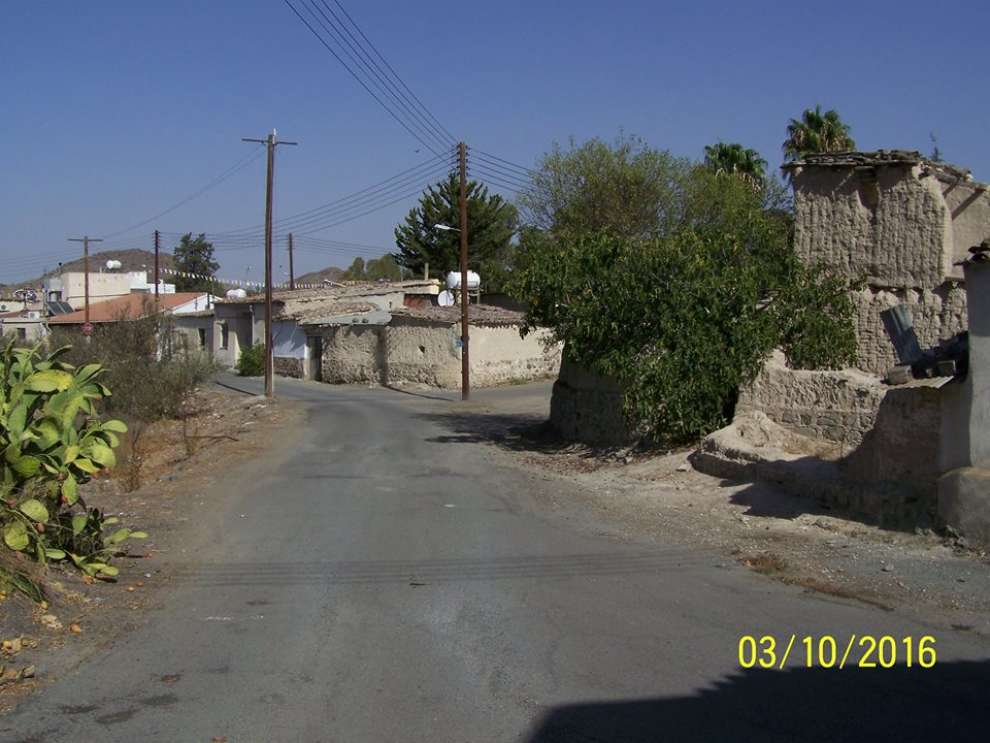 Photo: Panayiotis Panayiotou Arsiotis
Photo: Panayiotis Panayiotou Arsiotis
Analiontas is located in the wider area of Tamassus, the kingdom of which, according to archaeologists, extended to Mathiatis in the east and Agrokipia to the west.
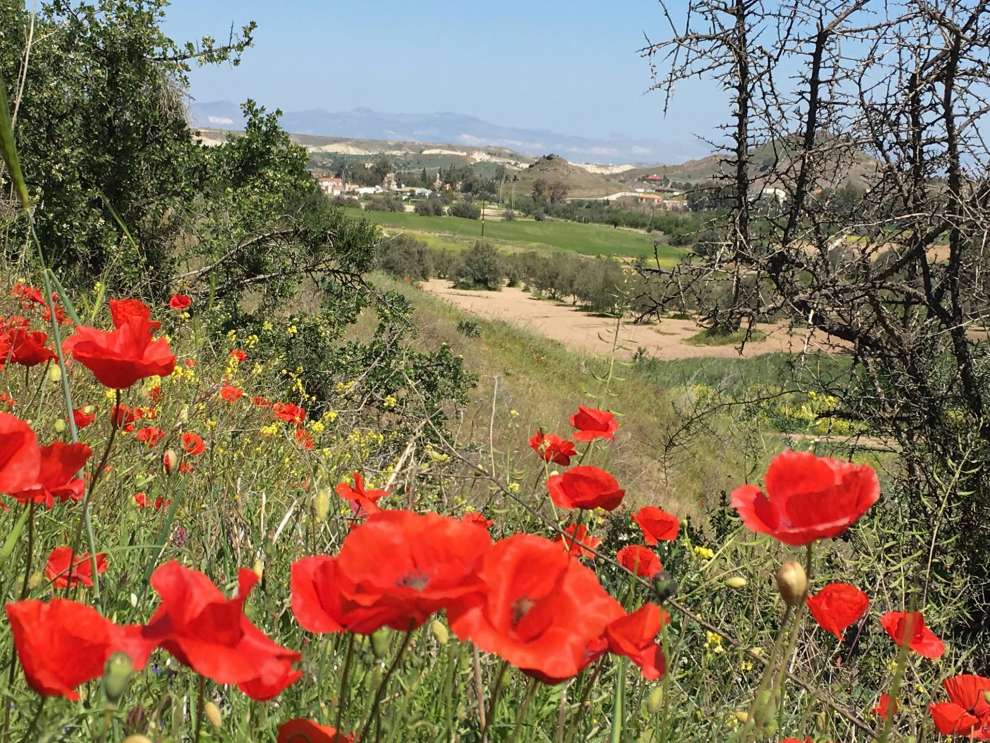 Photo: Christos Parellis
Photo: Christos Parellis
Once, Kataliontas was a small settlement, built just one kilometer southeast of the village inhabited by Turkish Cypriots during the British occupation.
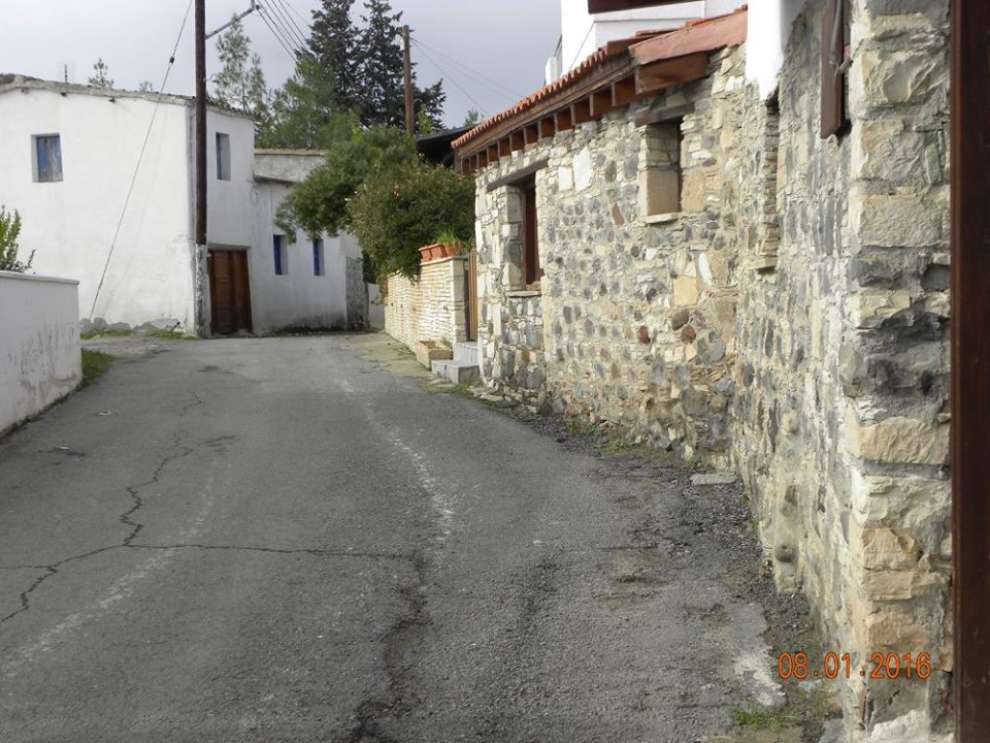 Photo: χωρίς αποσκευές
Photo: χωρίς αποσκευές
In Katalionta the main crops that grow are olives, grains, vegetables, almonds and other fruit trees.
The history of the Village:
The village was inhabited since ancient times, as evidenced by the archaeological finds found in the region of Kourbellos dating back to the Neolithic Age (4,800 BC) of the same period as the settlement of Choirokoitia.
 Photo: Maria Kiriakou
Photo: Maria Kiriakou
In addition, in the area that today has the name "Petrera", which is five hundred meters southwest of the village, there used to be an old settlement, the ruins of which are today large piles of stones.
According to the English scholar Gannis, there must have been an important Roman settlement in Analiontas, as evidenced by the many tombs of this period that have been revealed in the area.
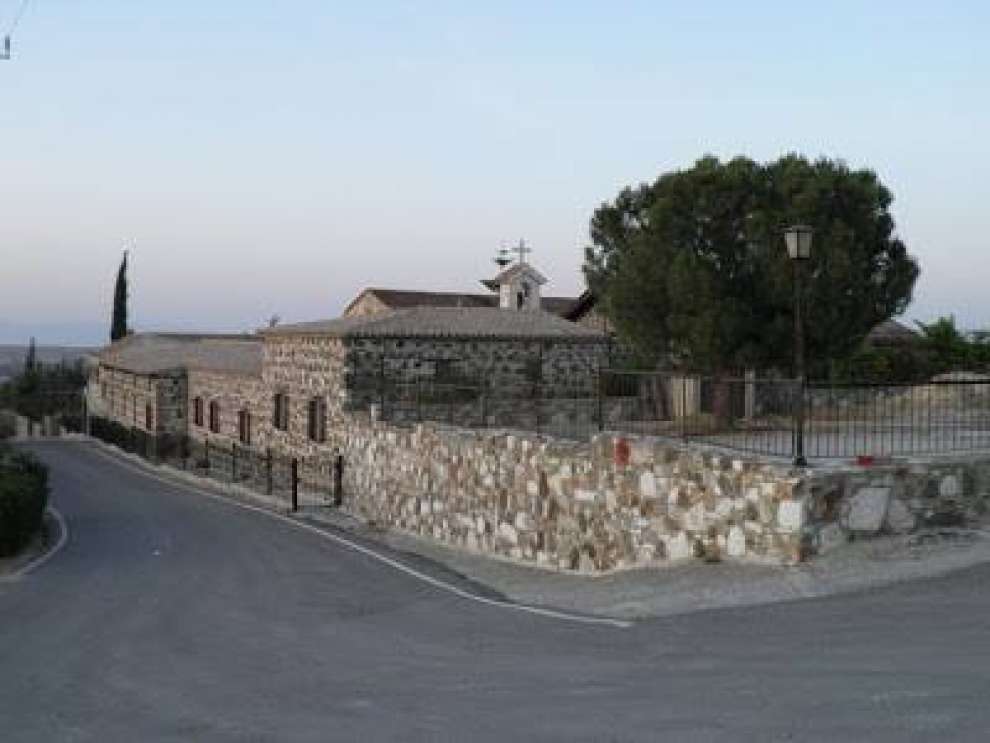 Photo: Maria Kiriakou
Photo: Maria Kiriakou
During the years of Frankish and Byzantine times, Analiontas was a renowned village because of the many miracles that Saint George made, as Nearchos Clerides points out.
The name of the Village:
For the name of the village there are different versions. According to the first one, it is said that the village derives its name from the verb "analyze" because of the fact that during the ancient times, during the period of the process of copper processing in the area of Tamassos, the village had mines and spaces where ores, were "analyzed". This is evidenced by the rocks that exist up to today in the village.
 Photo: Maria Kiriakou
Photo: Maria Kiriakou
A second version states that the village got its name from Leonta. According to S. Menardo, there were two feuds in the region during the Venetian occupation. One in Analiontas (Upper-Leonta) and one in Kataliontas (Lower-Leonta). As is well known, the lion is the animal of Mark the Evangelist, protector of the Venetians, who had it as a symbol and coat of arms. In all the Venetian maps that took place around 1500 AD. The village is marked with the names Anolido and Katolido.
The churches of the Village:
Taking a walk in the village you will see several churches. The monastery of Archangel Michael, built in the southwest of the village, whose construction time is still unknown, although it is mentioned by a Russian traveler in the middle of the 18th century. The monastery of Archangel Michael is today (2018), a protected monument of the Department of Antiquities.
Additionally, you will see the church of Agia Marina, built in 1917, evident by its surviving inscription. It is a single-aisled church covered with a biconic wooden roof, which is covered with anchored tiles.
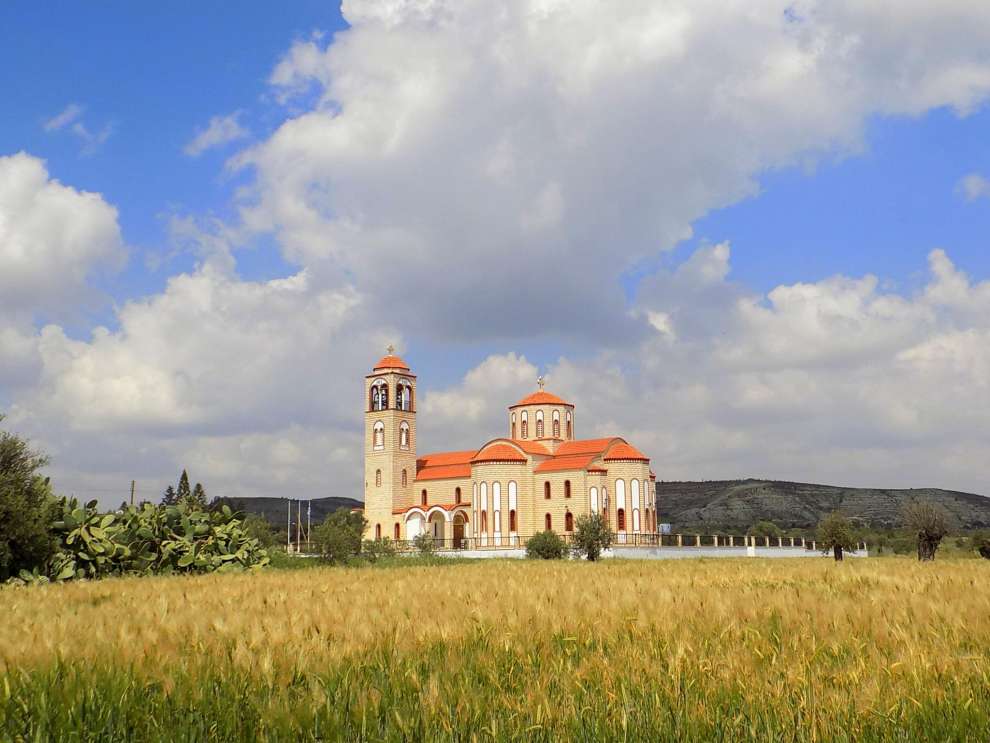 Photo: Αγνή Τσουλούπα
Photo: Αγνή Τσουλούπα
In the village there are also chapels, such as the chapel of Agios Georgios, built in the southeast, in the Kataliontas settlement, but it is ruined, the ruined chapel of Agia Mavri, the chapel of Saint Nektarios, the chapel of the Monastery of Archangel Michael and inaugurated on June 16, 1997 by the Theophilistos Chorebiskos Trimythatos.
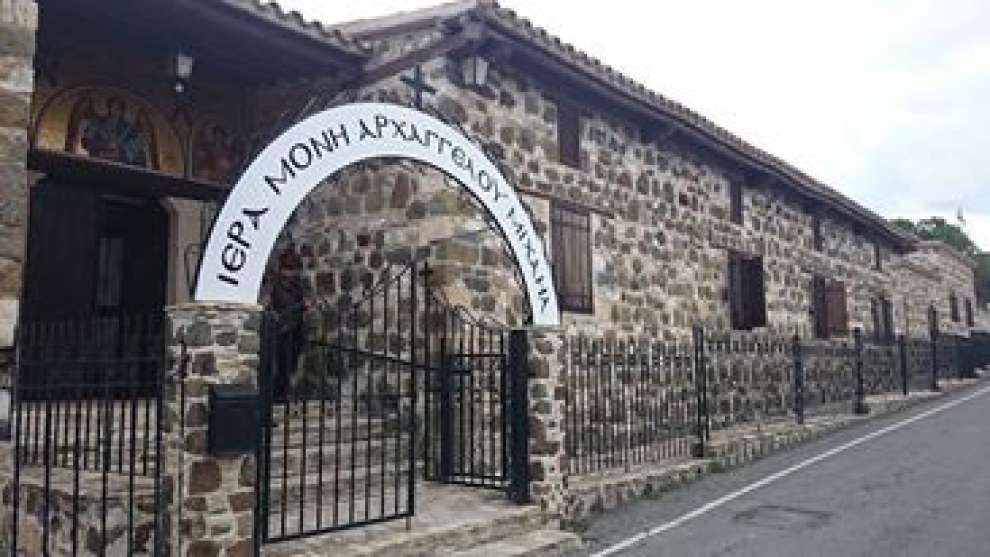 Photo: Τακης Κατσουρης
Photo: Τακης Κατσουρης
Monuments of the village:
In the village there are different monuments dedicated to heroes of the village. More specifically, there is the Monument to Fallen and Missing Persons, which was erected in honor of the dead and missing of the Turkish invasion of 1974, originating from Analionta. The victims were: Christakis Charalambous - Pilot RAF, fell on 13.07.1945 and Andreas Prodromou - was murdered by the Turks on 14.05.1964, and the missing are: Andreas Kostis Achilleos - is missing since 14.08.1974, Kyriakos Jordan Paraskevas - is missing from 20.07.1974.
Also, the Monument of the Missing George Hatzinikolis is built in the small forest of Analiontas. It is a marble monument dedicated to Giorgos Hatzinikolaou that is missing since the Turkish invasion of 1974.
In addition, in the village there is an Ecclesiastical Museum, which houses old icons and sacred heirlooms from the church of Agia Marina. Museum exhibits dated from the 16th to the 20th century.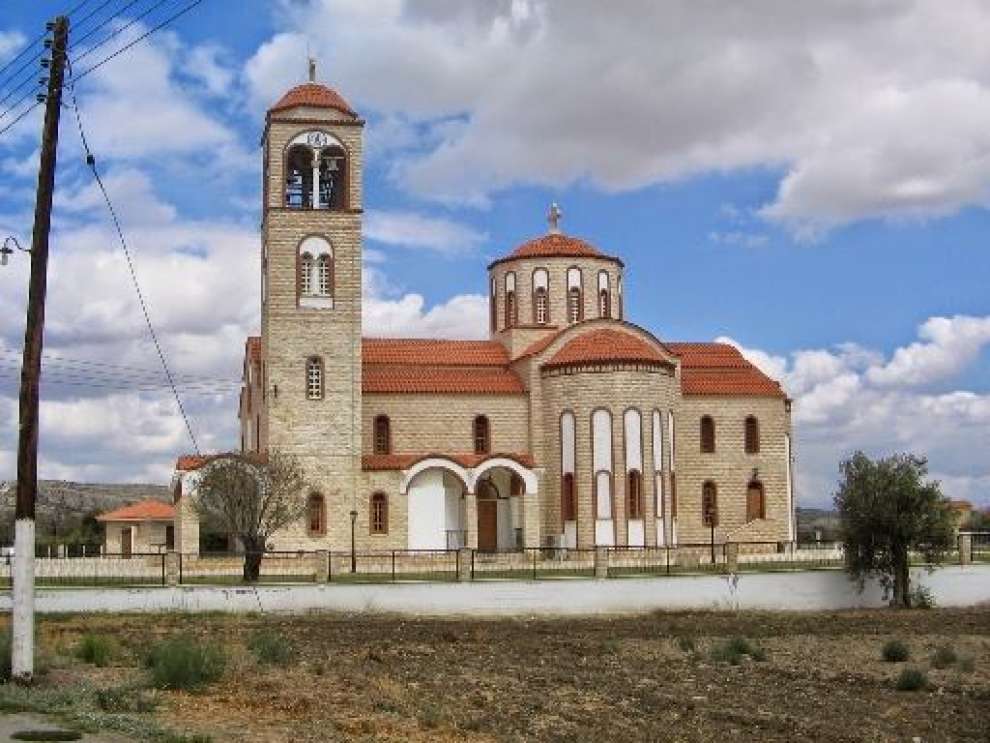
To the west of the village of Kapedes, for many years people have been mining the earth to find copper and pyrite. They used small trains that descended into the mine, they filled them with dirt and climbed them back to the surface, transferring their precious cargo to the washing area. By digging the earth they created a huge amphitheater basin. Over the years, it grew, until the day that they stopped digging for copper. The mine was abandoned by its owner, who was a Hellenic Mining Company (AME).
The company however, left the landscape with no attemps of restoration. They did not even plant any trees before they left. Nature, however, has undertaken to restore what man's greed has destroyed. It filled the whole in the ground with water and gave it all the colours of the earth to "fit in" with the landscape. It transformed it into a beautiful lake. This small but impressive red lake of the Kokkinonero mine is located between the villages of Kapedes, Kampia and Analiontas. It is a pyrite mine that operated in the 1950s by Hellenic Mining Company (Hellenic Mining Company).
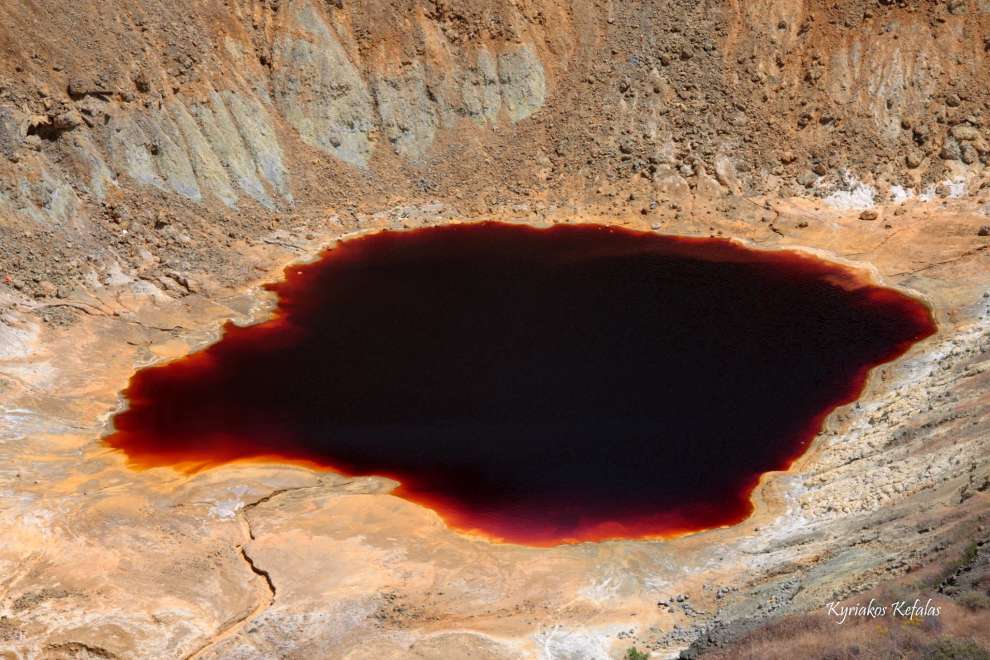 Photo: Kyriakos Kefalas
Photo: Kyriakos Kefalas
For the map of the area, click HERE

 English
English
 Ελληνικά
Ελληνικά Русский
Русский









































